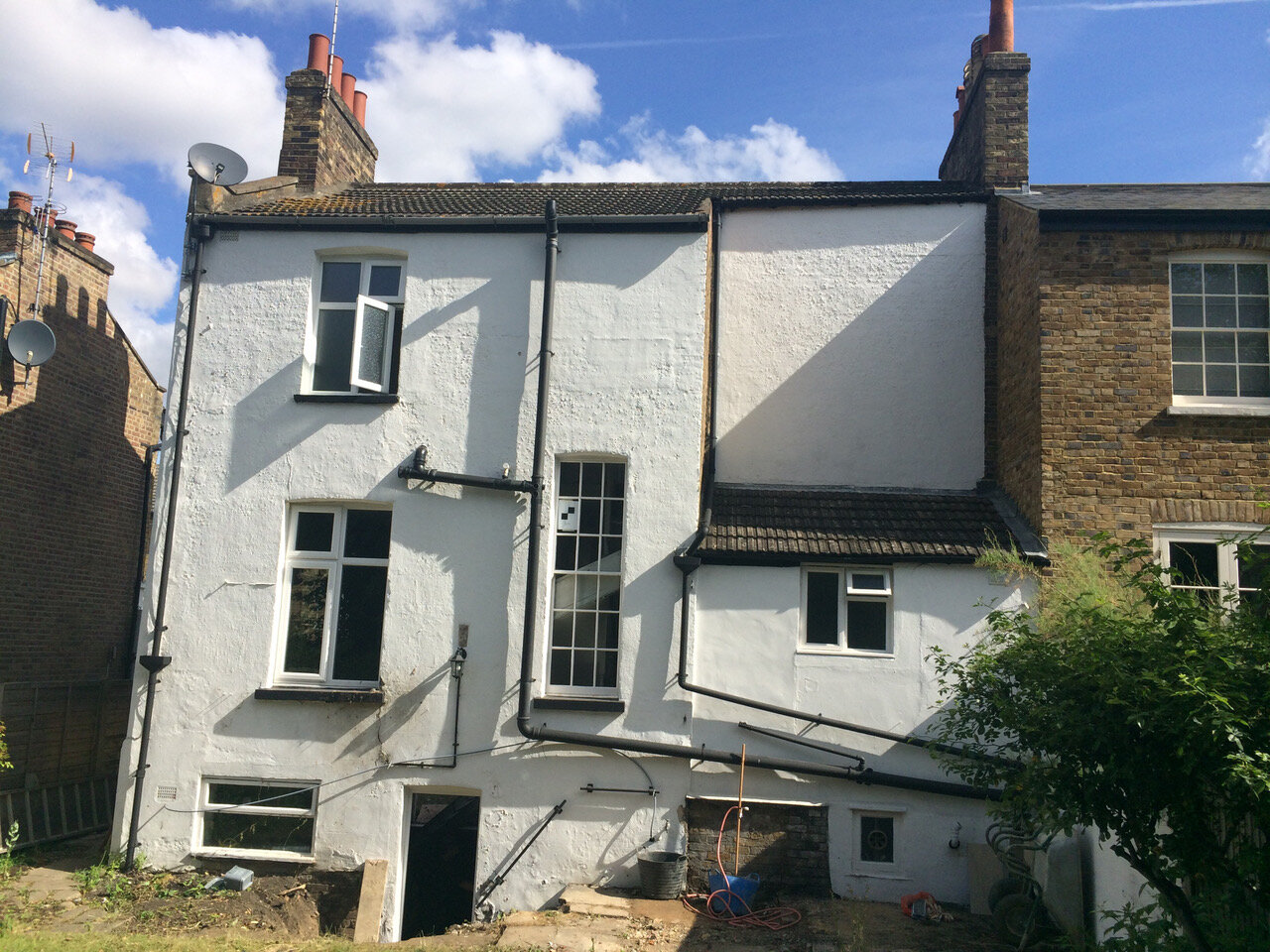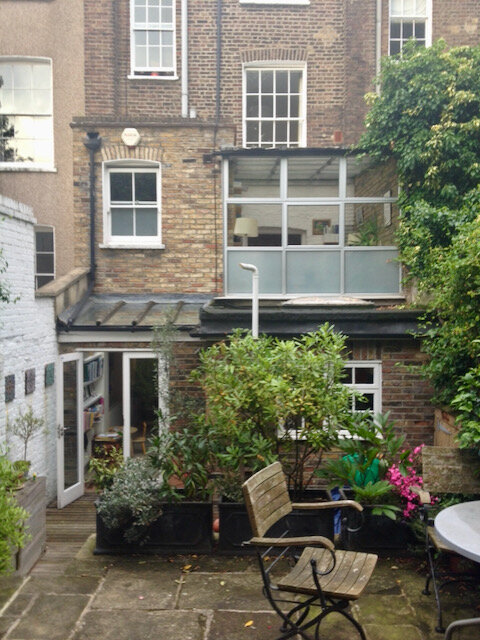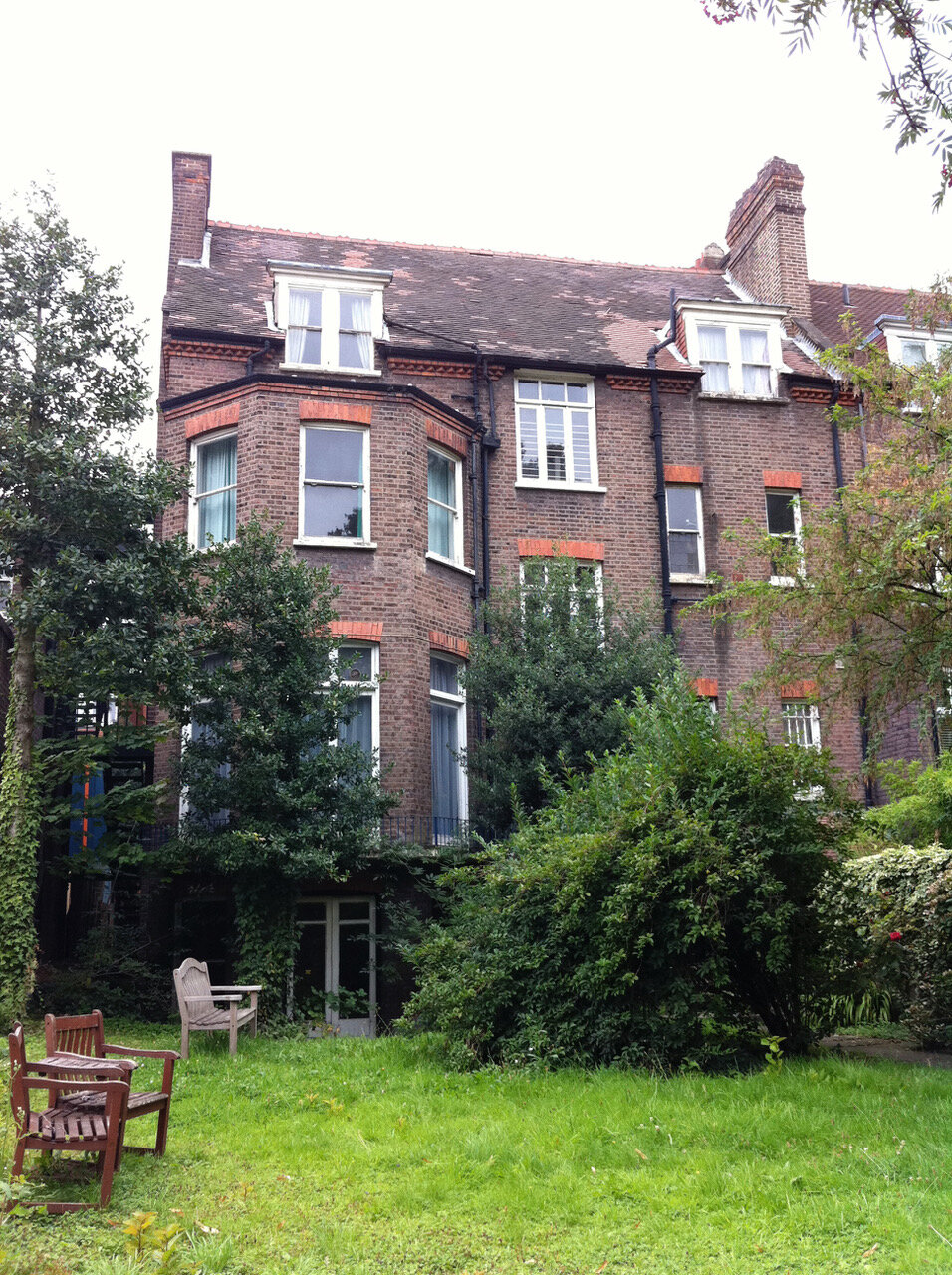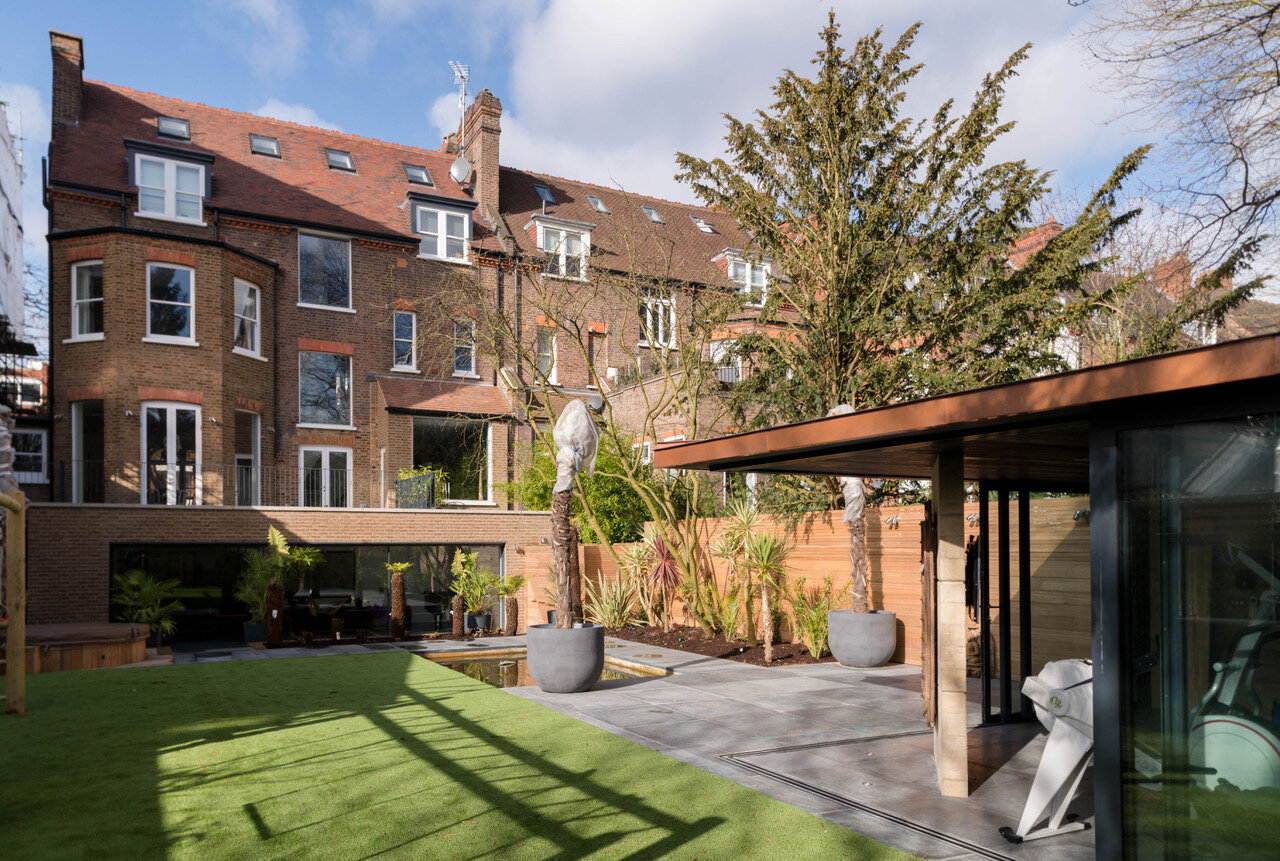The 'Before and After’ isn’t just a neat photo opportunity for its’ creator, but an important part of the needed upgrade to the existing building stock in the UK. There is a lack of space for new housing in dense city locations like London, where we mainly work, but an abundance of ageing housing. If replenished well our city will continue to flourish for years to come.
With the launch of RetroFirst - an Architects Journal campaign prioritising retrofit over demolition we thought we should use this opportunity to highlight how projects we work on contribute to the wider context.
Extending and refurbishing existing properties not only gives the opportunity to upgrade the internal look and feel of the property, but it can provide a much needed energy improvement; better glazing, better insulation, new walls and roofs, better performing mechanical installations. It also means a lot of the time their frontages are restored / improved and more importantly retained, keeping the richness of architectural history in our neighbourhoods.
We are finding that clients care more and more about the impact their project is having on the wider environment and are keen to minimise their energy usage as a result and are also investigating renewables where possible. We’ve had a number of ground source and air source heat pumps requests to minimise the ongoing use of traditional gas and electricity.


Clapham house - before and after rear elevation - replacing the entire rear facade has improved the life of the building as well as its’ energy performance
The transformation of this house in Clapham involved the removal and replacement of the rear facade - the outcome - a dramatic architectural intervention, but an equally significant thermal improvement to the building as a whole with approximately 70% of the original structure being thermally upgraded as well as providing a more modern family living arrangement.


In Islington, the modern rear additions and basement improved the thermal performance of this listed building
This Grade II listed house in Islington had a similar approach - the replacement of the majority of the rear wall with a considered ‘listed building and conservation area friendly’ extension and the addition of a fully insulated basement had a considerable impact on the life time performance of the property.


Previously a run-down council owned property, this property now provides a family home and has rejuvenated a grand Victorian Villa in a historic street facade in NW3
This house in Camden was a run-down HMO which was almost unliveable. The extension and refurbishment allowed an opportunity to provide new thermal insulation to the entire property (previously solid brickwork external walls) and a new roof and glazing throughout and of course an entire mechanical and electrical overhaul. It now provides a large family home to the borough instead of an empty property.
by Melissa Robinson
